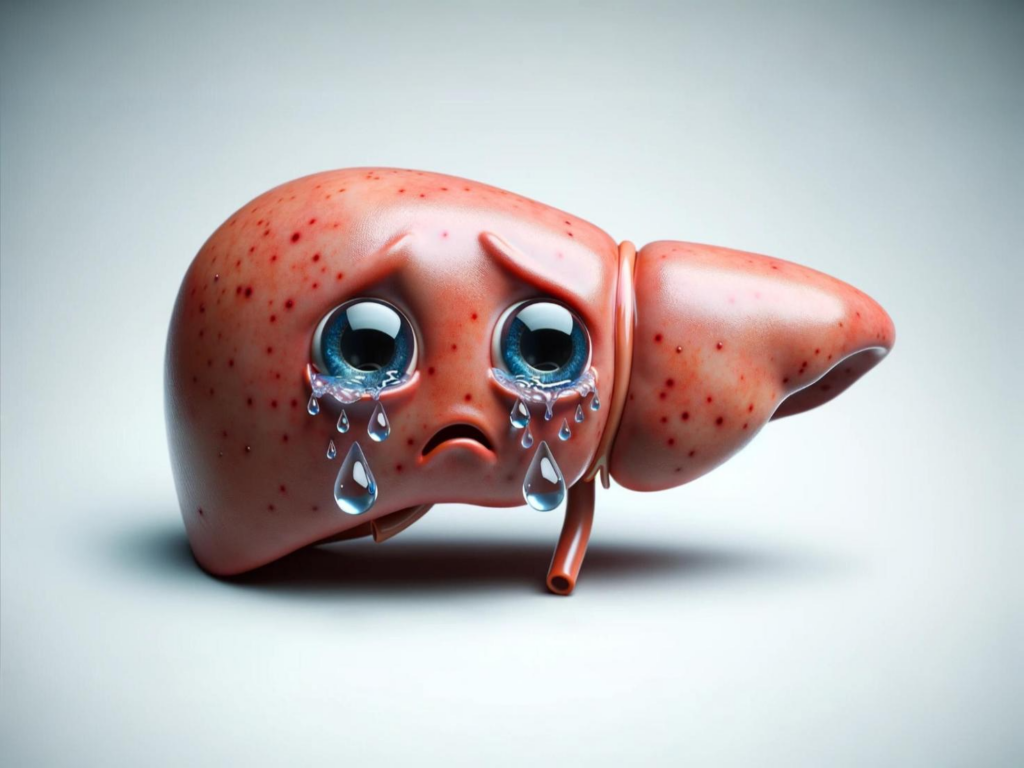Non-alcoholic fatty liver disease, or NAFLD, is becoming more common around the world. This condition affects the liver, causing fat to build up in liver cells. People who drink little or no alcohol can still be affected by NAFLD. The increase in NAFLD liver cases is linked to rising levels of obesity and type 2 diabetes globally. It’s important to understand NAFLD because it's a key player in overall health. A damaged liver can affect your whole body and lead to other health problems.
The purpose of this blog is to help you learn more about this rising health issue. By understanding NAFLD's symptoms, what causes it, how it's diagnosed, and how it’s managed, you can take better care of your liver. Early detection and proactive management can help prevent severe complications. Let's dive into understanding NAFLD and what it means for you and your liver health.
Deconstructing NAFLD: Symptoms, Causes, and Diagnosis
NAFLD can be sneaky because the symptoms might not show up until the liver is already damaged. Many people do not even know they have it until it’s quite advanced. That's a problem because untreated NAFLD disease can lead to serious liver issues. Here are some common symptoms you should watch out for:
- Fatigue or feeling very tired
- Pain or discomfort in the upper right part of your belly
- An enlarged liver, which might be noticeable during a routine check-up
In more serious cases, people might experience symptoms like:
- Jaundice (a yellowing of the skin and eyes)
- Swelling in the legs and abdomen
- Mental confusion or forgetfulness
Various factors can cause NAFLD. The most common causes include:
- Unhealthy diet, especially rich in sugar and fat
- Lack of exercise or a sedentary lifestyle
- Being overweight or obese
- Having type 2 diabetes
- Genetic factors that might increase risk
Diagnosis of NAFLD often happens through a series of steps. Initially, a health provider might spot signs during a routine blood test or physical exam. Further steps usually include:
- Imaging tests like an ultrasound or MRI to get a picture of your liver
- Sometimes a liver biopsy, which is a way to check for inflammation and scarring, might be needed
Early detection is crucial. Catching NAFLD liver issues early on can prevent severe or irreversible damage. With early diagnosis, you can start managing your health better and avoid complications of untreated NAFLD.
Proactive Management and Prevention of NAFLD
Managing NAFLD doesn’t always mean relying on medication. For many, lifestyle changes are the best way to treat fatty liver problems. Here are some effective ways to manage and reduce NAFLD:
- Eat a healthy diet that's low in sugars and fats.
- Regular exercise, like walking or cycling, is key. Aim for at least 150 minutes a week.
- Maintain a healthy weight. Losing just 3-5% of your body weight can help.
Prevention is always better than cure. It’s essential to take steps to prevent NAFLD because having a healthy liver means a healthier, more active life. Avoiding fatty liver and type 2 diabetes complications is much easier than treating severe liver damage.
Complications of NAFLD can be very serious if left untreated. It can lead to liver scarring, known as cirrhosis, and eventually liver failure. In some cases, it can even lead to liver cancer. Early intervention and management are crucial. If you notice any symptoms or have risk factors, speaking to a healthcare provider can make a big difference.
To sum up, taking proactive steps for liver health is not just about the liver itself. It's about improving your overall health and well-being. Whether it's through diet, exercise, or regular check-ups, taking care of your liver should be a priority for everyone. Managing NAFLD with the right lifestyle changes and understanding its potential impact can help you lead a healthier life.



